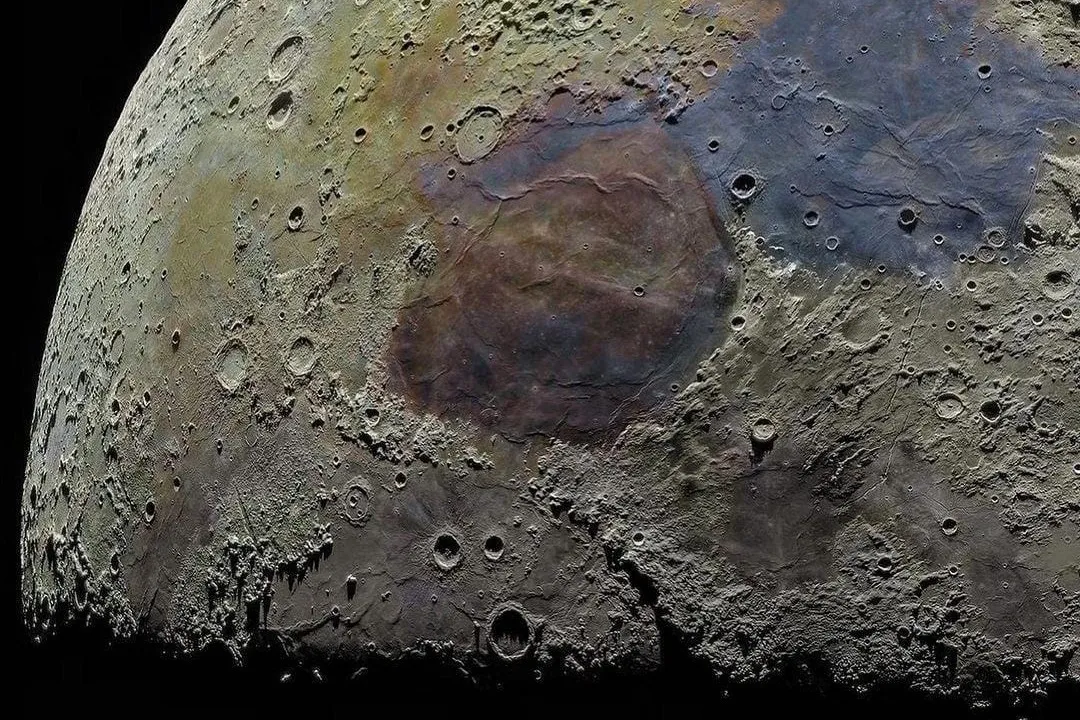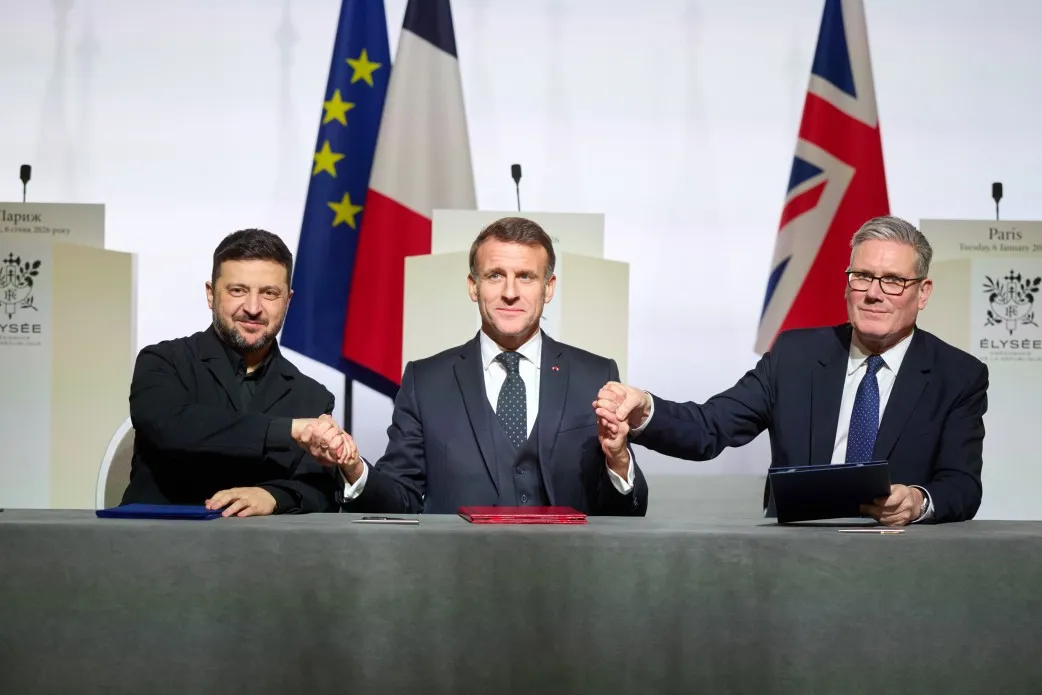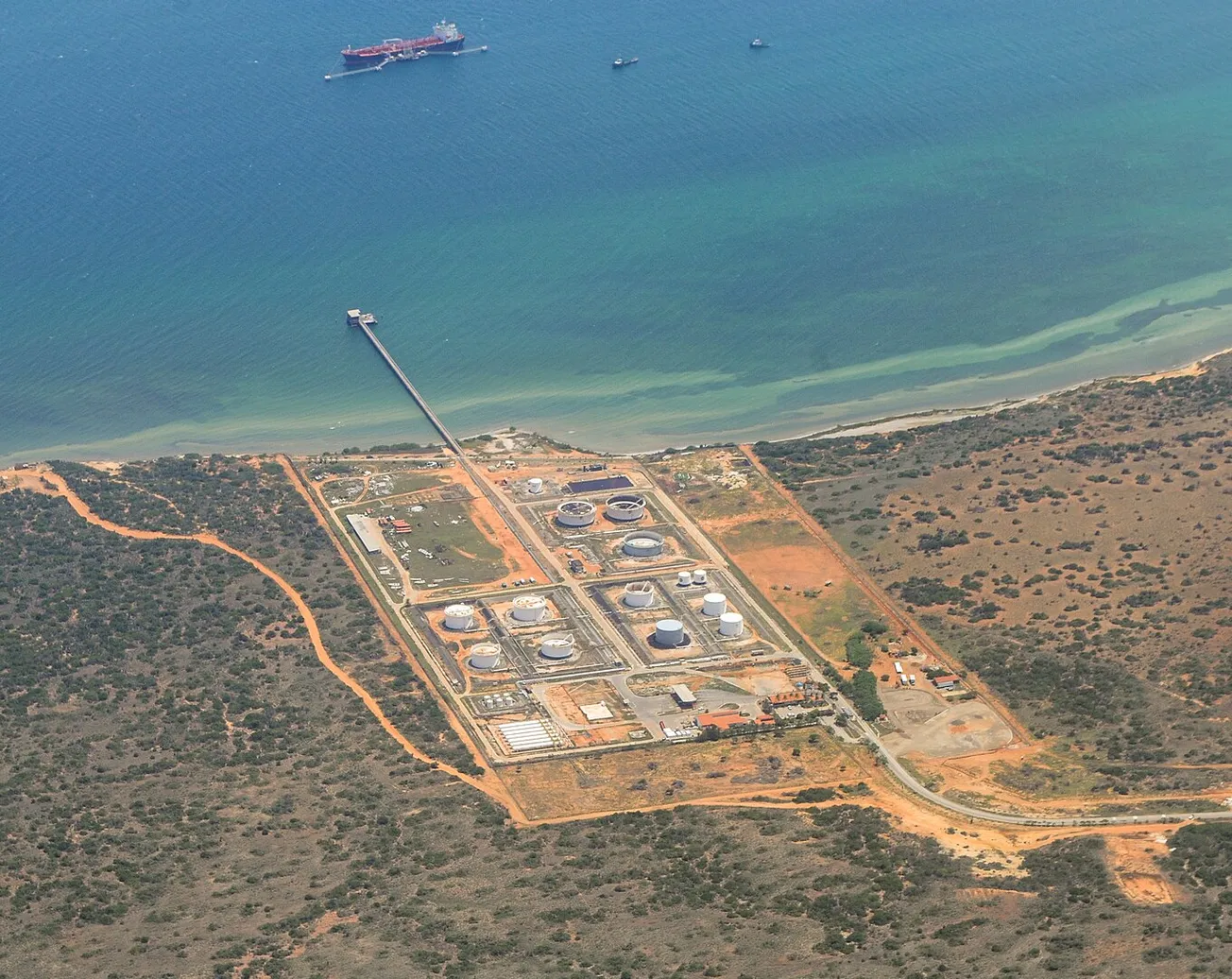A Chinese university team of scientists and engineers is seeking a breakthrough to achieve the world’s smallest semiconductor chips by applying particle beam physics to their production. The technique, if perfected, would be similar to the use of experimental free-electron lasers (FEL) to achieve peak power in laser arrays.
Chinese chip manufacturer Semiconductor Manufacturing International Corp. (SMIC) has already achieved 7-nanometer chips—equal to the most miniaturized semiconductors now in international production—for Huawei 5G phones and for surveillance cameras. This has surprised Biden Administration officials and, within just a few months, has begun to turn back their attempt to push China’s semiconductor industry generations behind.
Researchers at Tsinghua University call the new method of chip lithography “steady-state microbunching” (SSMB); it involves coating the wafer with photosensitive material and using an electron beam to generate extreme ultraviolet (EUV) light waves to engrave the “nodes” on the chip. EUV is ultra-short wavelength light able to engrave chips with nodes of 7 nanometers or even smaller. The Dutch company ASML’s world-leading technique, denied to China by American sanctions and financial arm-twisting, uses laser pulses to make tin droplets into plasma, emitting EUV light. A lot of power is lost in the process (think of the laser fusion experiments at the National Ignition Facility in California), which could be problematic in going for 5- and 3-nanometer semiconductors.
The Tsinghua University team is experimenting with using the particle-accelerator principle—that charged particles (here, electrons), when accelerated on a curved path, emit focused light—to generate very coherent EUV light using much less power. The work is explained in Interesting Engineering magazine Sept. 25, expanding on reporting in South China Morning Post Sept. 24.
Tsinghua University team leader Dr. Tang Chuanxiang is quoted by Interesting Engineering on the prospect: “There is still a long way to go before our independent development of EUV lithography machines, but SSMB-based EUV light sources give us an alternative to the sanctioned technology.”
Another account, in a “semiconductor insights” site called techovedas.com, “China To Challenge ASML with a Better Technology than EUV,” says that China “aims to construct an extensive facility consolidating numerous lithography machines around a central accelerator. This advancement can fuel abundant and cost-effective chip production. It positions China as a leader in industrializing advanced chips, including 2 nm and beyond.”
Lyndon LaRouche’s “worldwide laser-industrial revolution” comes to mind. The Biden-Schumer “Chips and Science Act” might want to try to catch up to it.





